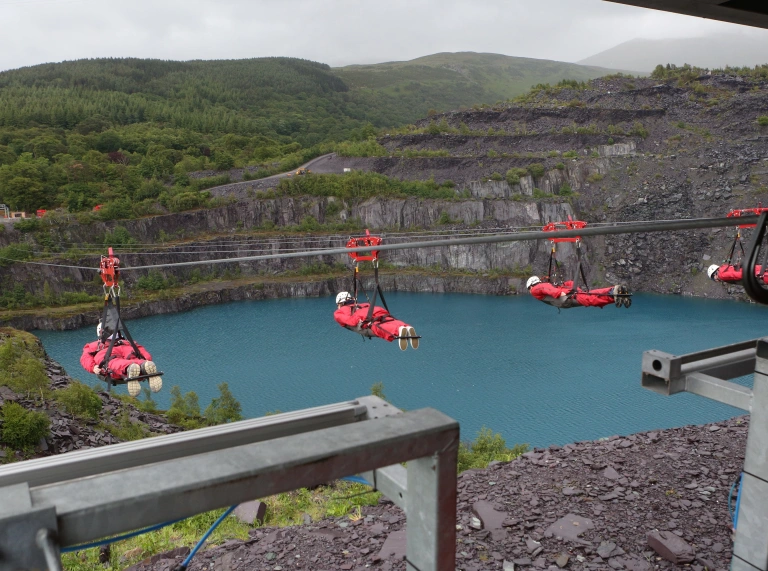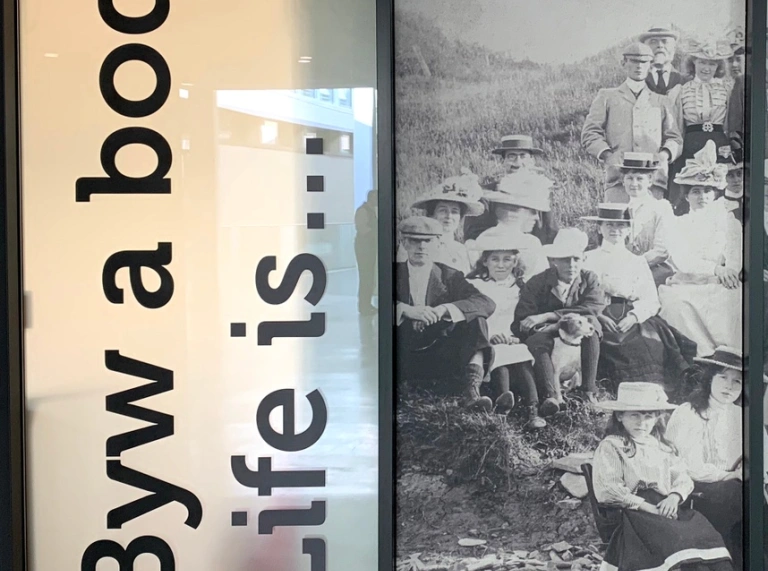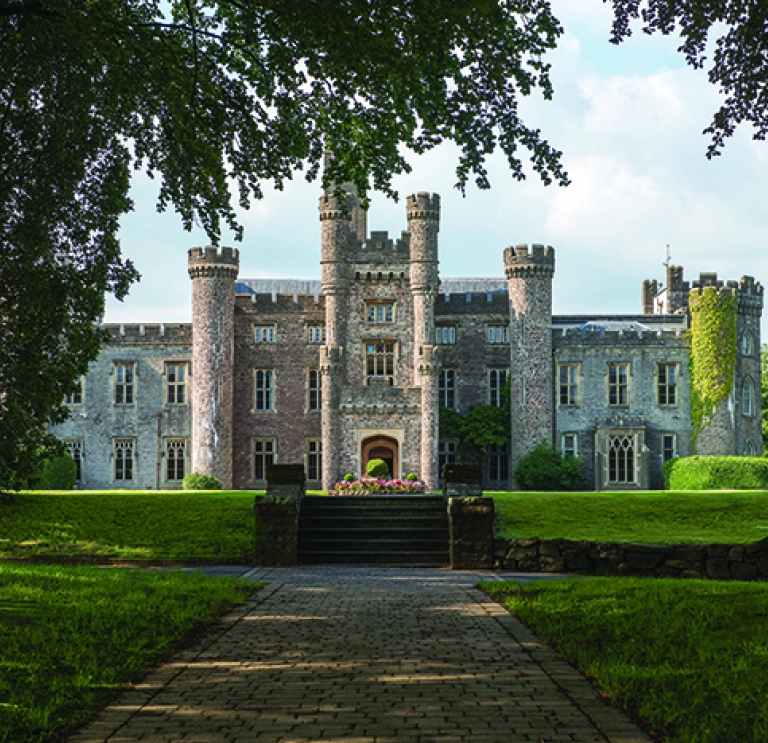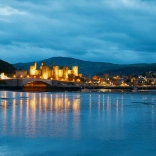A land of castles and wealth of heritage expertise
Wales is known as the land of castles. In fact, with over 600, there are more castles per square mile than anywhere else in Europe. And it’s not just castles that reflect our long and somewhat turbulent history. From Roman amphitheatres and abbey ruins, magnificent castles, medieval town walls and World Heritage sites to museums showcasing Welsh life and the industries that once thrived in Britain’s smallest nation.
From past to present there is a wealth of historical expertise in Wales - from conservation managers and field monument wardens to interpretation specialists and teams of specialist craftspeople maintaining, repairing and presenting our heritage sites and museums to a high standard. Many of our most important historic sites are within the care of Cadw, the historic environment department of Welsh Government. Cadw’s primary role is to care for Wales’ historic environment — reflected in the very meaning of the word ‘Cadw’, ‘to keep’ or ‘to care for’. This responsibility extends far beyond the 130 sites in state care and includes the protection of thousands of ancient monuments and historic buildings throughout Wales.
Amgueddfa Cymru/National Museum Wales is made up of seven museums across the country. At each site there are new discoveries to be made about Wales, its people, the language and culture. Museums showcase the rich history of Welsh life, and its industrial and maritime heritage, as well as the finest collections of art, natural history, and archaeology.
Wales is also home to 4 UNESCO World Heritage sites - the slate landscape of northwest Wales, the castles and town Walls of King Edward I, Pontcysyllte Aqueduct and canal and Blaenavon industrial landscape – all sites of global significance
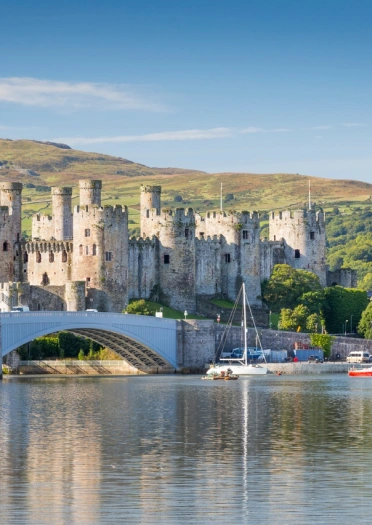
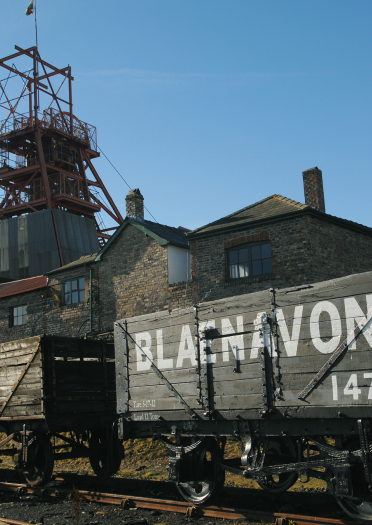
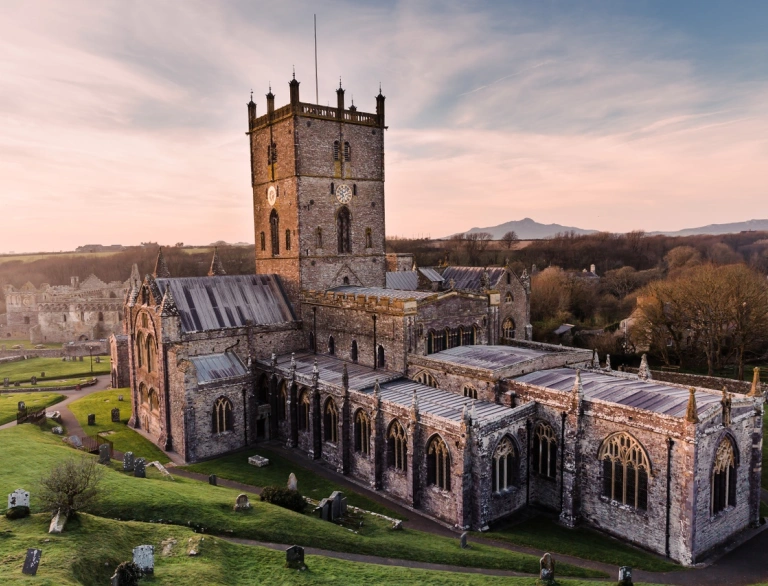
History brought to life
In Wrexham, north Wales, the new Football Museum of Wales will celebrate Welsh football past and present, in all its diversity, from grassroots clubs to the national teams, as well as highlighting Wrexham’s historic achievements in the sport and celebrating the strong heritage of the area.
The picturesque village of Portmeirion was created by Welsh Architect Clough Williams Ellis from 1925 – 1976. Known as a snapshot of Italy, hidden away in North Wales, it showcases how a site can be beautifully restored and developed into a leading attraction, venue and hotel accommodation without spoiling the natural heritage within it.
Llyfrgell Genedlaethol Cymru/The National Library of Wales in Aberystwyth, mid Wales was built and occupied in the 1900s and remains one of the nation’s most valued cultural institutions, collecting and preserving Wales’ documentary heritage, whilst pioneering new ways of enabling wider access to the rich national collection. Through different formats and media, it provides a better opportunity to explain and share the cultural legacy of Wales with future generations to encourage research and learning.
Whilst in southeast Wales, archaeological digs over many years have uncovered a wealth of internationally important Roman ruins and remains. The Save Our Ship (SOS) campaign was developed to fully restore a 15th century ship which experts believe is as significant a find as the Mary Rose- and it is a century older.
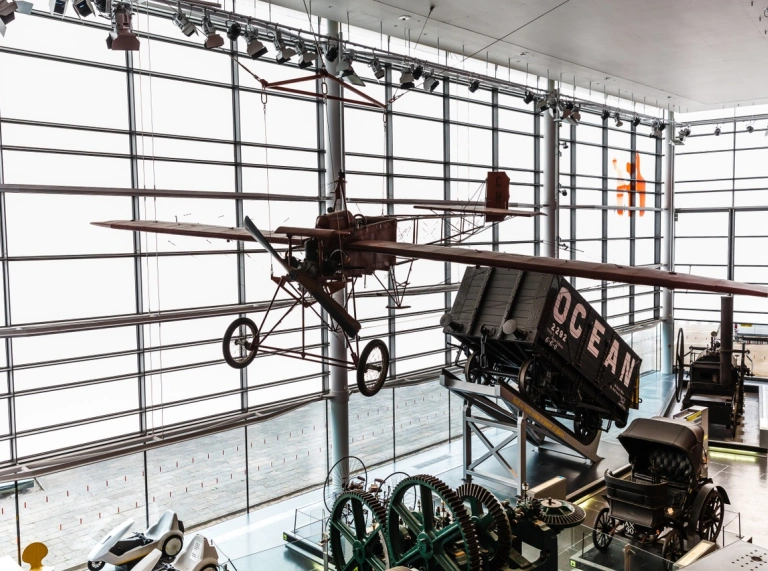
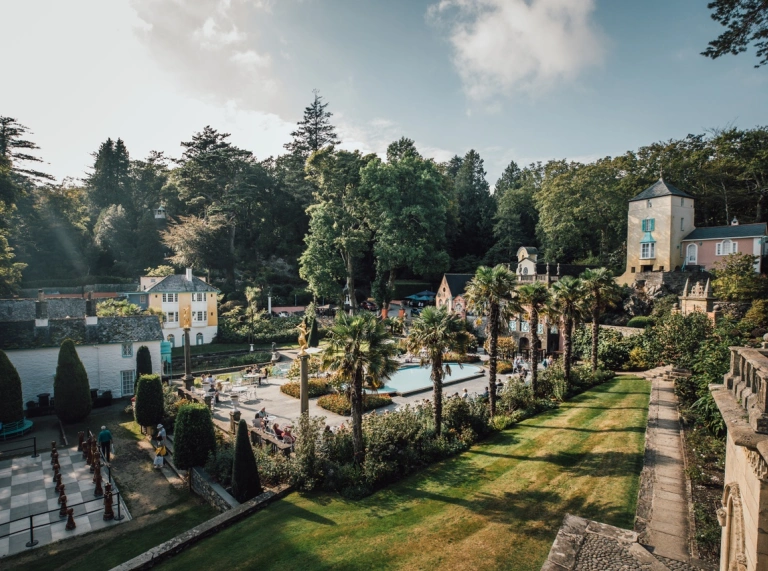
What does the wealth of heritage experiences and venues mean for business events and what can they offer to a business audience outside Wales?
In 2022, the Association for Heritage Interpretation held its connection conference in Eryri (Snowdonia). The event was themed around how in an age of change; heritage interpretation can adapt, embrace and connect. The venue and destination offered delegates three days packed with inspiring talks, workshops and site visits.
This included a themed ‘coast and colonialisation’ visit along the Great Orme headland to Penrhyn Castle, a poetry and slate event at Yr Ysgwrn - a traditional Welsh stone farmhouse that was the home of the Welsh First World War poet, Hedd Wyn - and finishing the tour at the unique former slate mining landscape of Blaenau Ffestiniog.
Delegates were also able to explore the interpretive memorial site to the Dolgarrog dam disaster before driving and walking to the breached dam up in the hills above the picturesque Conwy valley
The dramatic slate landscape of northwest Wales was also chosen as a backdrop for another major heritage conference when the International Council on Monuments and Sites (ICOMOS UK) held a joint meeting with ICOMOS Ireland at Y Galeri Caernarfon, looking at the world heritage challenges in Wales and Ireland, and giving delegates the chance to visit Wales’ newest UNESCO World Heritage site.
Wales’ long and varied mining heritage has also made it a leading destination for major mining corporations and associations, with the IMWA hosting its annual conference at ICC Wales in 2023. Many of the major mining bodies are interested in Wales’ proactive and innovative stance in improving the environment and opportunities to work with stakeholders, including Welsh Government, the Coal Authority, universities, local authorities, landowners and mining enthusiasts.
In Snowdonia, disused industrial heritage sites are bringing jobs and economic boosts to the area. Once the world’s largest slate quarry, Zip World Penrhyn Quarry is now home to the fastest zip line in the world, Velocity 2, where you can fly 500m above the bright blue quarry lake. As well as being a huge tourist draw, the area also hosts product launches, corporate experiences and business events of all kinds.
On the northern outskirts of the Welsh capital of Cardiff, St Fagans, the National Museum of History is one of Europe’s leading open-air museums and the country’s most popular heritage attraction. It recently underwent a £30m programme of redevelopment to make it a distinctly Welsh, globally significant model for museums, rooted in social engagement and cultural democracy. It offers another unique flagship venue and resource for heritage events held in Wales.
For corporate and incentive groups, there are curated, hosted tours available for bespoke cultural experiences whilst heritage venue spaces, provide the most striking backdrop and sense of place to business and major event organisers and delegates including NATO World Leaders who dined at Cardiff Castle as part of the NATO Wales Summit.
It’s clear that Wales’ unique and accessible history offers a wealth of opportunities to the heritage events sector and Wales has all the elements necessary in particular and the opportunity to a become a major, world class event venue is starting to be uncovered.
